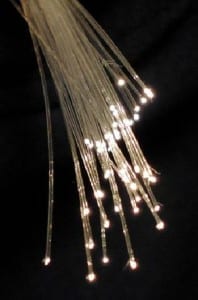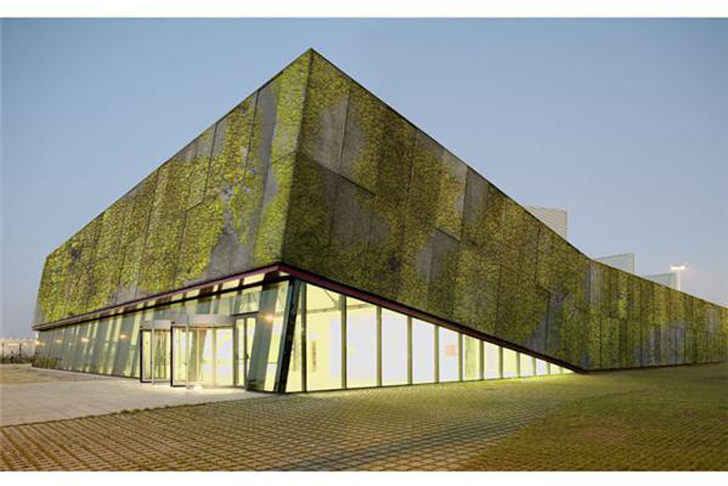People underestimate how rapidly technology moves on
In April of this year I wrote about how quantum cryptography (more properly called Quantum Key Distribution or QKD) was leaving the laboratory bench and is balanced on the cusp of entering into real-world use. At the time, many thought I was talking about the far distant future. However, as is so often the case, people underestimate how rapidly technology moves on. A paper just published by a research group in Cambridge UK could be a game changer for QKD.
One of the main objections to QKD has been the expense. It has been necessary to have fibre optic cabling dedicated to the task (so called dark fibre). With dark fibre, in the absence of other data signals, secure key rates exceeding 1 Mb/s and a transmission distance of over 250 km have been achieved. Until now, the idea of leasing such fibres from telecoms providers has put potential users off at the first hurdle.
However, the results of the Cambridge team provide a technique where QKD can be used on a fibre optic cable that is already being used for other communications traffic. The ability to use shared fibres has suddenly, and to many people’s surprise, made QKD an economic prospect, with costs likely to be little different to a corporation fitting a top-end firewall.
QKD and traditional data traffic are at opposite ends of the brightness scale. When beaming traditional data down a fibre, you try to use high power levels in order that it will travel as far as possible without the need to “repeat” the signal. QKD, however, requires light intensities at the lowest imaginable levels. With QKD, we are trying to send and detect single photons of light. Not only that, but we need to be sure that our transmission method isn’t interfering with the “quantum state” of the photon, which is the very property upon which QKD relies.
I describe the task of using shared fibres for QKD as like trying to see the stars whilst staring at the sun. One simply overwhelms the other.
What the Cambridge team have succeeded in doing is switching between the various light sources so rapidly, and so cleanly, that very small numbers of photons can be sent and detected in between the pulses carrying the traditional data. The timing needs to be extraordinarily accurate as the system opens a “gate” to let through single photons for only a tenth of a billionth of a second.
The trick is that the pulse that contains the QKD photons has to be coordinated with the detectors, so that they know when to expect the one QKD photon between the pulses of millions of standard data photons. By using such accurate “time slicing”, it is now possible to at one instant stare at the sun and then momentarily see the stars.
The technique announced is so accurate that the speed at which QKD can be transmitted is not materially different to what was achieved using dark fibre, whilst the rates for standard data can be maintained at Gigabits per second. Currently the method has been used successfully on fibres up to 90km long, but just as distances for QKD over dark fibres have increased up to 250km, it is highly likely that these distances will be extended. After all, this is just the first announcement of the technique, and the one thing we know for sure is that technology has a habit of getting better very quickly.
via Scientific American – Alan Woodward
The Latest Streaming News: Quantum Cryptography updated minute-by-minute
Bookmark this page and come back often
Latest NEWS
Latest VIDEO









